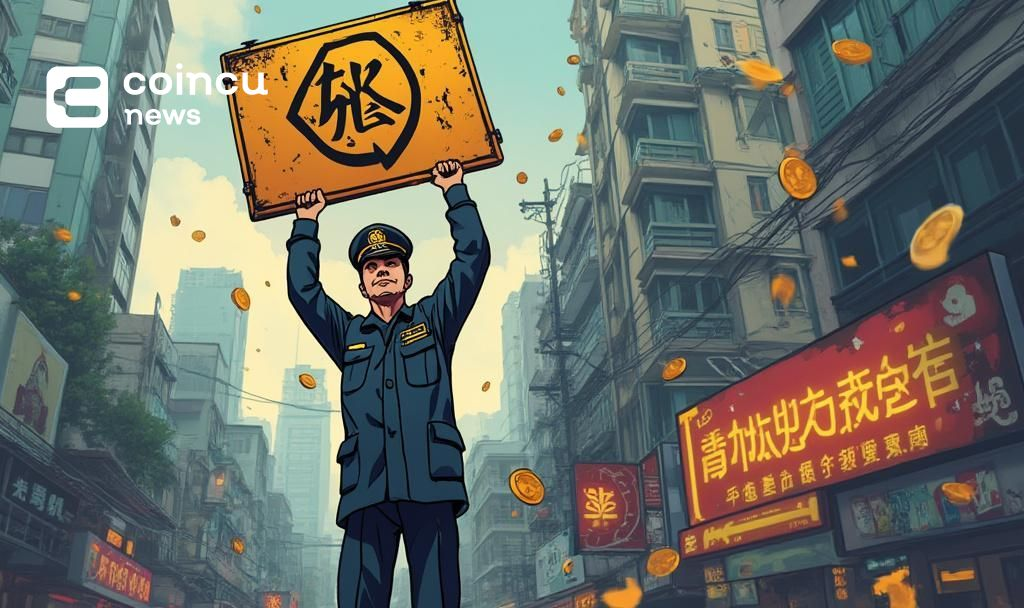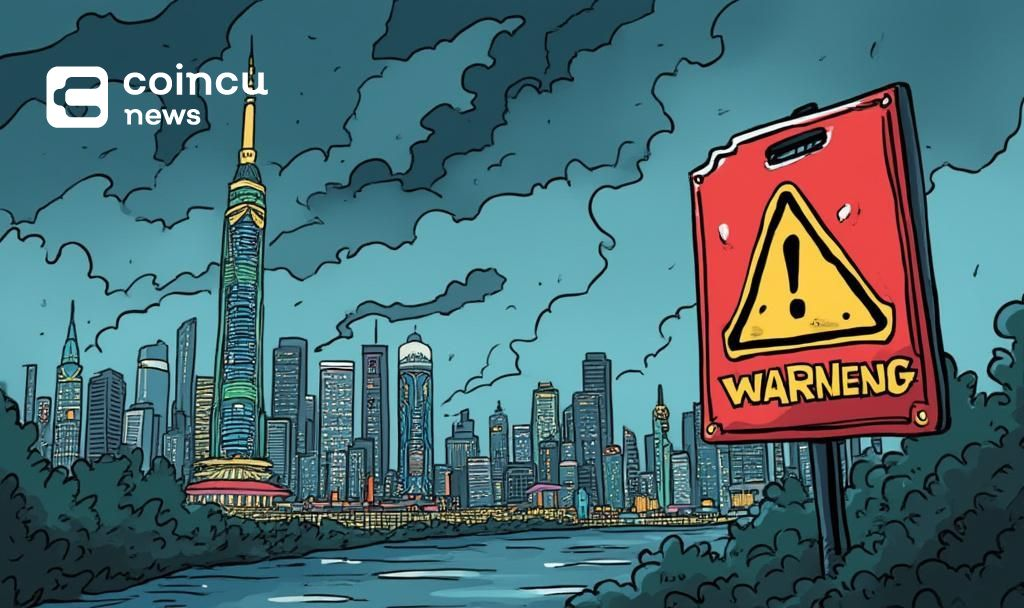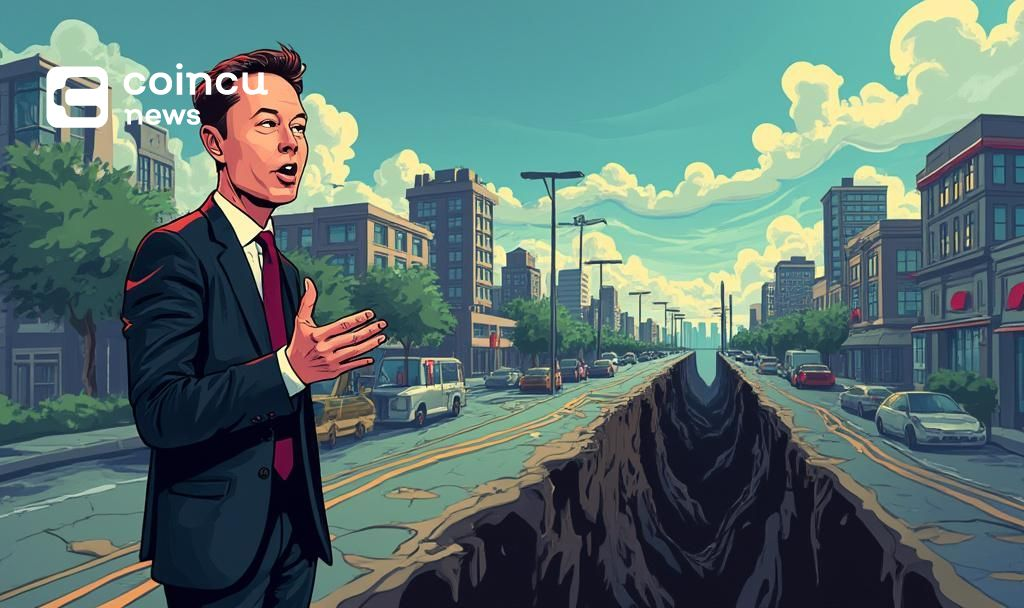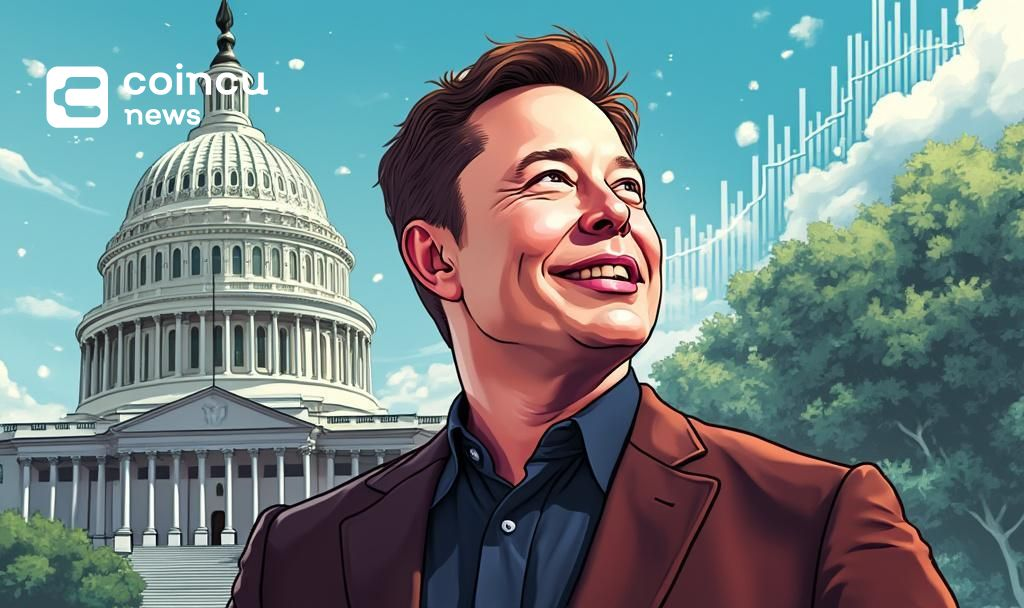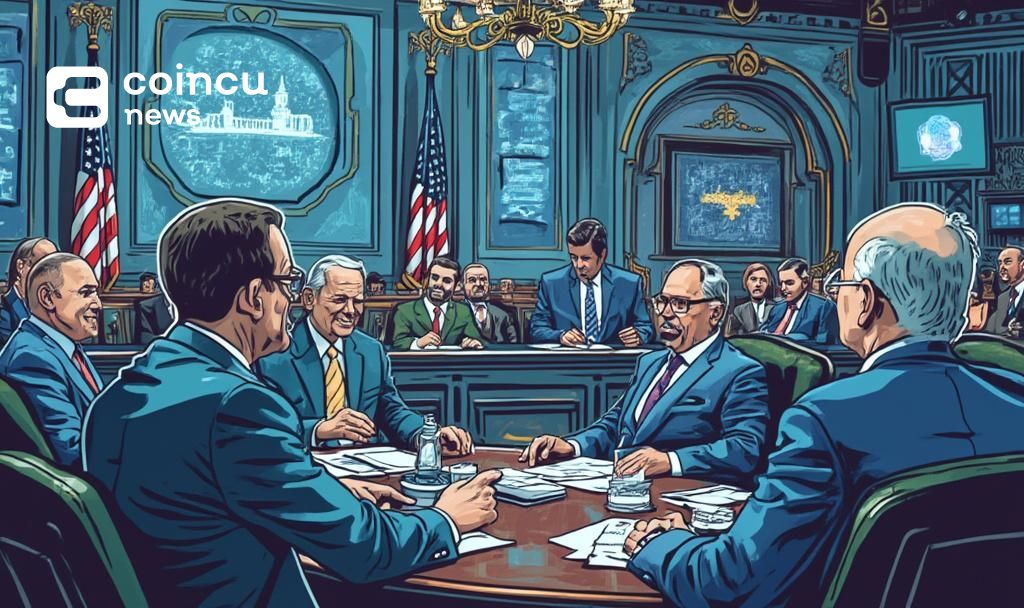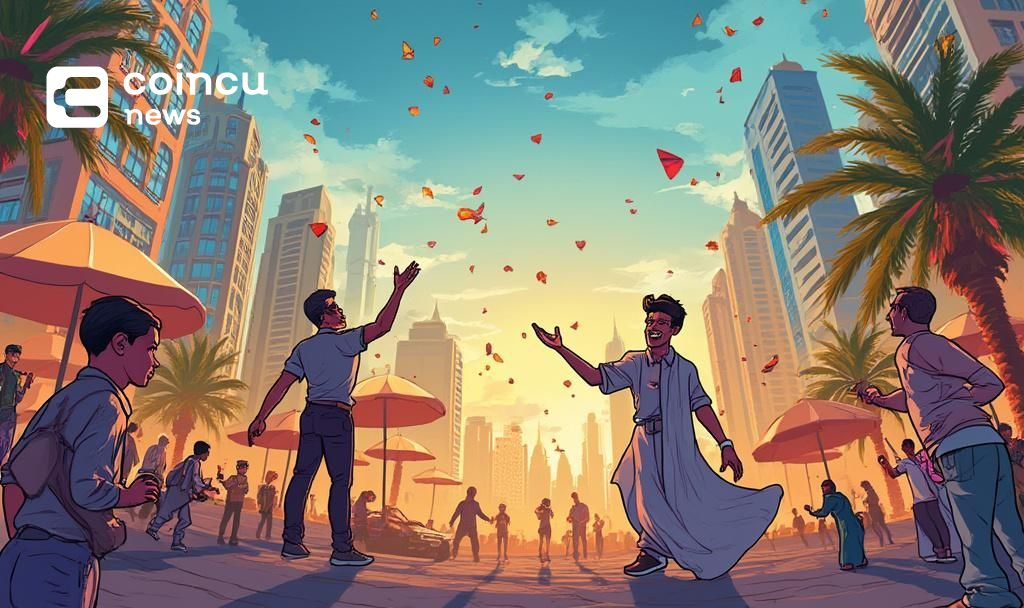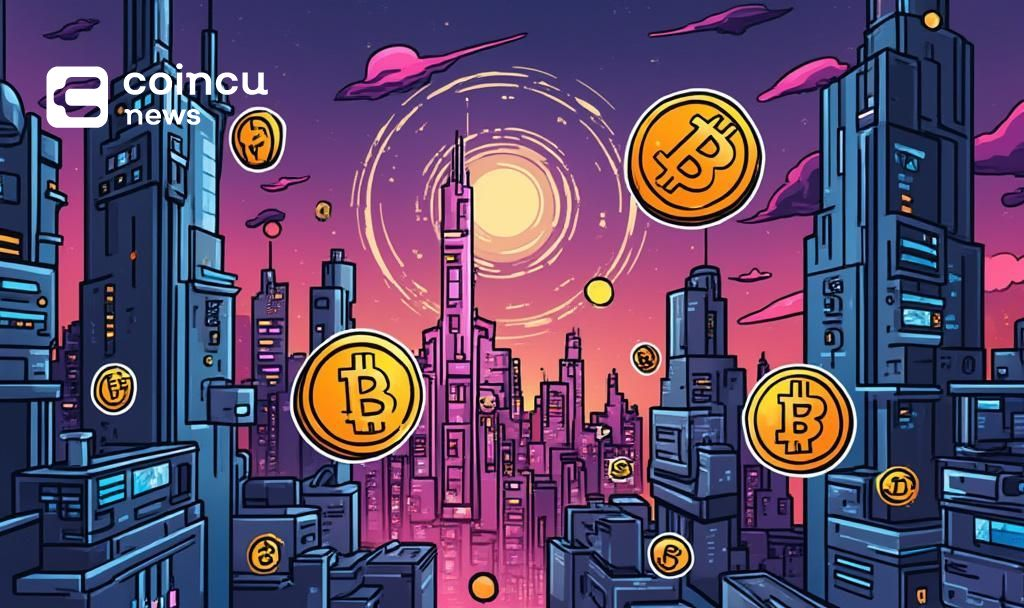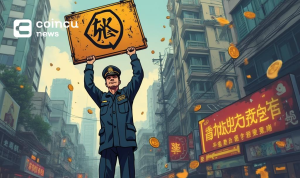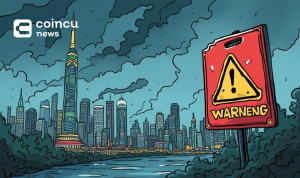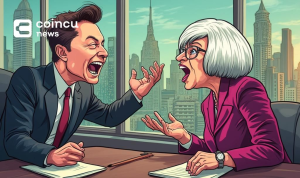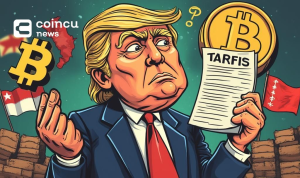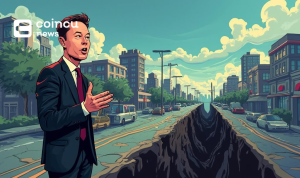$109249.257
At CoinCu News, we give both basic and in-depth articles on the latest news in the cryptocurrency and blockchain sectors.
Mayowa is a seasoned freelance writer specializing in creating compelling, high-converting content across diverse industries.
With extensive experience working with major news outlets, personal blogs, and private clients, he brings a deep understanding of audience engagement and storytelling. His expertise spans SEO optimization, persuasive copywriting, and niche versatility, ensuring content that resonates and delivers results.
Armed with a strong command of the English language and a keen eye for detail, he crafts content that is both impactful and strategically tailored to meet client goals.
News
Shenzhen Warns Against Rising Stablecoin Investment Risks
Shenzhen issues a warning about stablecoin risks. Authorities highlight illegal activities tied to digital currencies.
Jul
Shenzhen Warns Against Stablecoin-Related Illegal Fundraising Schemes
Shenzhen highlights risks of illegal fundraising through stablecoins. Key trends, reactions, and expert insights included.
Jul
Musk Criticizes Yellen, Sparks Discussion Among Financial Circles
Elon Musk criticizes Treasury Secretary Janet Yellen over political remarks, stirring debates in the financial
Jul
Elon Musk Forms “American Party” Citing Fiscal Concerns
Elon Musk announces new political party citing concerns over U.S. fiscal deficit rise to trench.
Jul
Elon Musk Announces Formation of American Political Party
Elon Musk introduces the American Party aiming to restore political integrity. Discover its potential impact
Jul
Hong Kong’s New Stablecoin Ordinance to Take Effect in August
Hong Kong introduces its Stablecoin Ordinance in August, set to enhance regulatory frameworks for fiat-referenced
Jul
U.S. House Committee Plans Cryptocurrency Capital Hearing
The U.S. House Ways and Means Committee to discuss digital asset tax frameworks this week.
Jul
TON Foundation Launches UAE Golden Visa via Crypto Staking
TON Foundation introduces a UAE Golden Visa pathway through crypto staking, impacting TON's market.
Jul
Binance Alpha Launches ECHO Protocol on Its Platform
Binance Alpha unveils Bitcoin-centric ECHO Protocol, impacting Bitcoin and DeFi altcoins.
Jul
[tptn_list how_old="7" limit="5" title_length="0" heading="0" show_date="0" ]
[tptn_list how_old="30" limit="5" title_length="0" heading="0" show_date="0" ]









